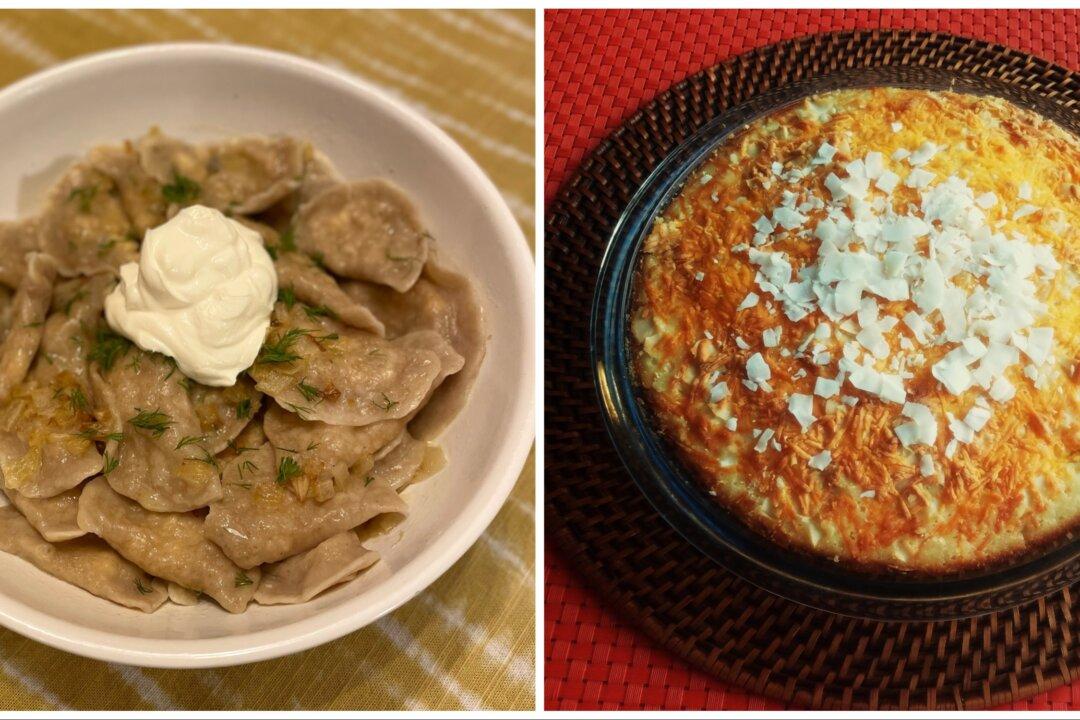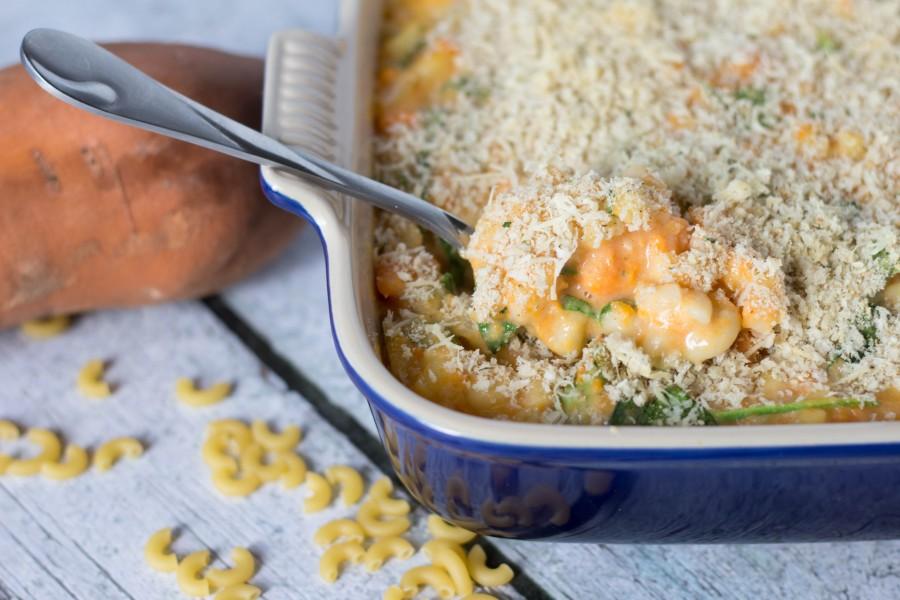A suboptimal intake of 10 different food groups may be associated with nearly half of deaths caused by heart disease, diabetes or stroke, says a recent study by the Tufts Friedman School of Nutrition Science and Policy. The study suggests that eating more of some foods and avoiding others, such as processed meats and sugar-sweetened beverages, may help prevent these diseases and prolong life.
What then are the “good foods” or, better yet, what some nutrition experts call “superfoods” because they pack in more important nutrients than other foods? Surprisingly, nothing fancy or expensive. More nuts and seeds, whole grains, vegetables and fruit; healthier fats; less sodium and fewer processed meats, sugar-sweetened beverages and red meat.
But what if an individual has been used to a poor diet, almost devoid of vegetables, legumes, nuts, beans and whole grains? What would be a few easy-to-follow steps to take to get on a healthier track?
Becky Ramsing, RD, MPH, a senior program officer with the Johns Hopkins Center for a Livable Future with the Bloomberg School’s Department of Environmental Health and Engineering, and technical advisor for the Meatless Monday Campaign, says that small changes to add more of these healthy foods is a great start. “Cutting out foods such as processed meat and sugar sweetened beverages one day a week may encourage people to add in more nutrient-packed foods in the diet—including nuts, whole grains, vegetables and fruit—all week long. These foods are accessible and affordable and don’t require a special diet or gourmet shop. And the first day of the week is great time to start.
In fact, research shows that when people adopt a healthy behavior on a Monday, they are more likely to continue the pattern for the rest of the week.”
Ramsing also advises to keep it simple—Especially for those just embarking on a better diet, focusing one just a few changes this week can make a difference.
- Cut out the salt. Most salt in our food supply comes from processed and pre-packaged foods. When possible, prepare fresh foods at home and season with salt-free spices, herbs and flavors.
- Add whole grains. Choose 100% whole grain bread and other grain-based products, such as pasta. An added benefit—you will feel fuller and may eat less. People who eat more whole grains tend to have healthier weights and lower rates of diabetes.
- Eat fewer processed meats and less red meat. Instead add in more fiber-ful beans and lentils to your meal. Buy low-sodium canned beans or cook them at home salt-free!
- Toss in some nuts and seeds. Grab a handful of almonds, sunflower seeds or pumpkin seeds for a tasty, filling snack, instead of crackers or other processed snack foods. Nuts and seeds provide healthy fats, fiber and vitamins. People who regularly eat nuts and peanut butter also have lower rates of diabetes and better weights.
Here are a few more accessible, affordable “superfoods” for Meatless Monday menus from Meatless Monday.com:
Peanuts: Not only is this plant-based source of protein highly affordable, it’s adored by the masses for its appealing flavor. In addition to 7 grams of protein per one ounce serving, peanuts are a terrific source of folate and resveratrol—yes, the red wine nutrient! Found in whole peanuts in addition to grape skins, resveratrol is an antioxidant that is linked to reduced rates of cardiovascular disease and cancer. Think outside the peanut butter sandwich with Peanut Noodles or Peanut Butter Chili.
Kale: Vegetables like collard greens and Brussels sprouts may have stolen the limelight from kale, but kale rose to popularity for good reason— it scores a perfect 1000 on the Aggregate Nutrient Density Index, meaning that it packs in more nutrition per calorie than most other foods. In particular, it’s a great source of vitamins A, K, C and fiber. Give it a spin in this Forbidden Rice Salad or try a spin on your lasagna with this kale-packed version.
Avocados: This fruit is a super sub for animal products on Meatless Monday, as its healthy fat content satisfies the same craving you might have for a juicy steak. But since the fats found in avocados are mostly heart-healthy monounsaturated fats, they’re doing your body a favor along with your taste buds. Grill them and top with salsa for a new twist or try them with pasta in this Pea and Avocado Penne.
Mushrooms: Not many foods pack in a hefty dose of vitamin D, the sunshine vitamin. But one portabella mushroom can pack in 400 IU (international units) of vitamin D, which is more than half of the recommended intake level. They’re an especially good choice for people who are sun-averse or live in northern climates, plus they offer the crave-able “umami” flavor found in meat. Try them in Mushroom Tikka Masala or Mushroom Hemp Tartlets.
Tomatoes: No, not the pale pink slice that’s suspiciously topping your sandwich. Deep, dark red tomatoes and especially canned tomatoes are an excellent source of lycopene, an antioxidant that’s linked to heart health and reduced cancer risk. Pump up your lycopene intake with dishes like Shakshouka with Rainbow Chard and Tomato Parmesan Slow Cooker Soup.
Cherry Dumaual, PR and Partnerships Director, The Monday Campaigns. Visit MeatlessMonday.com for many more recipes and additional resources to help use Meatless Monday to pack more superfoods into your diet.




